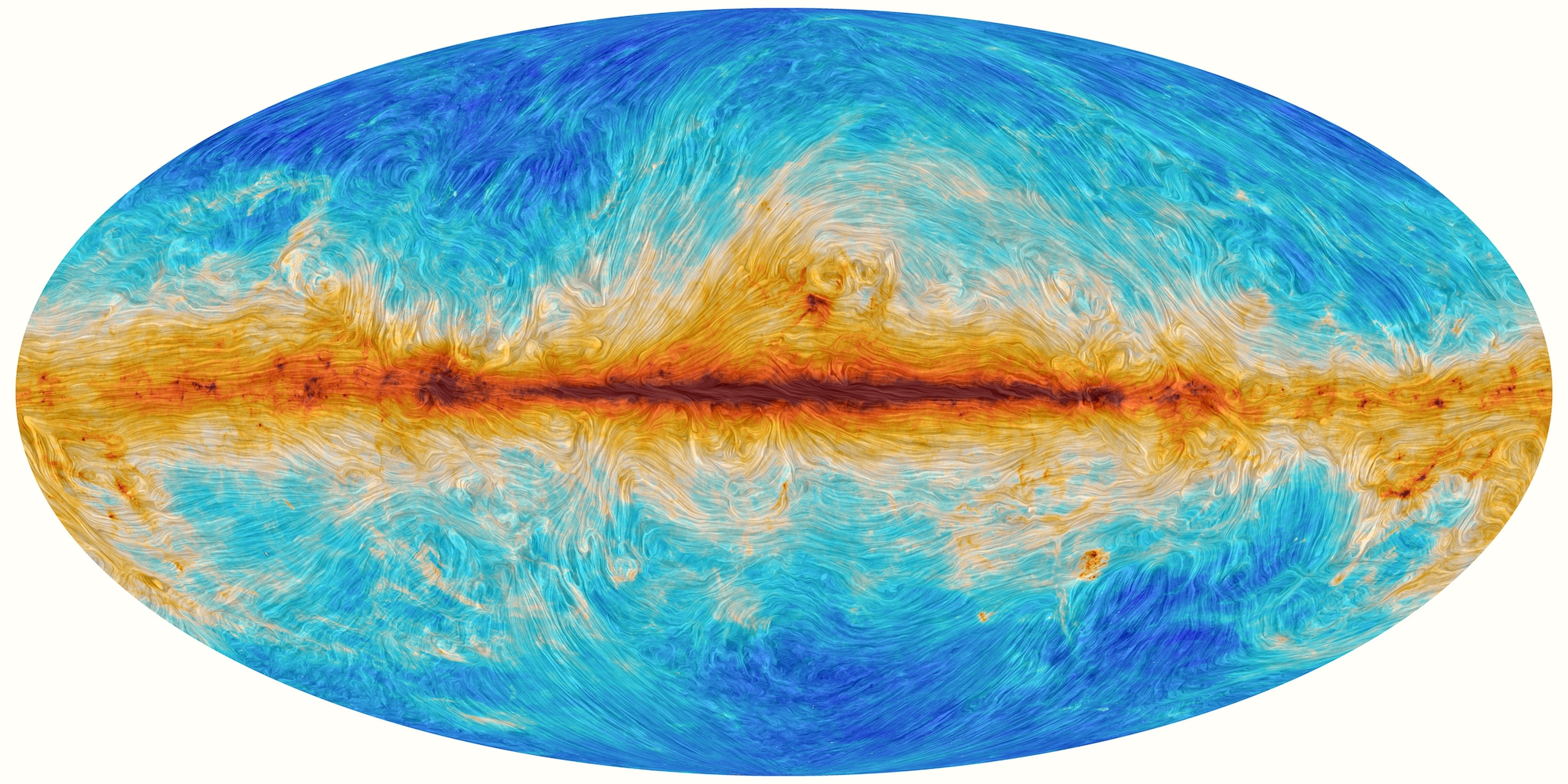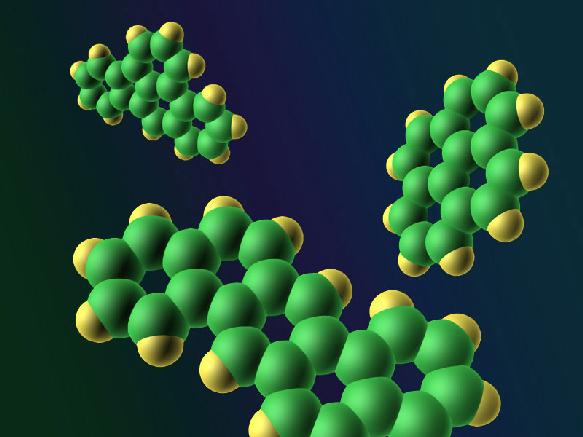My Research Interests
My main research interests include CMB foregrounds , magnetic fields in star formation , measuring the magnetic field strength via UV polarimetry , extragalactic dust via Supernova Type Ia , and dust dynamics in magnetized plasma.
CMB Foregrounds: Anomalous Microwave Emission

The CMB signal is seriously contaminated by Galactic foregrounds, including synchrotron radiation, free-free emission, thermal dust emission, and anomalous microwave emission (AME). Draine and Lazarian (1998) proposed that anomalous microwave emission could be spinning dust emission arising from rapidly spinning tiny grains with permanent electric dipole moment (i.e., polycyclic aromatic hydrocarbons--PAHs). While this spinning dust model has become a favored model to explain anomalous emission, magnetic dipole emission from interstellar magnetic nanoparticles was also suggested as a potential origin of AME.
Spinning Dust Emission: An Improved Model

Previous spinning dust models assumed the grain rotation around its symmetry axis of maximum moment of inertia, which corresponds to the ground state of minimum rotational energy. My study (Hoang, Draine, and Lazarian 2010) pointed out that the transfer of grain vibrational energy to rotational energy induces the grain rotation around an intermediate axis, such that a rotating axis-symmetric PAH emits at four frequency modes, instead of a single mode in the original model. In particular, to obtain the exact distribution function of grain angular momentum, I developed a Langevin code based on stochastic simulation of the Langevin equation. This stochastic approach allows us to treat thermal fluctuations within the grain of arbitrary dust temperature and impulsive excitation by ion-grain collisions, in contrast to the analytical Fokker-Planck equation approach used by other authors. My work (Hoang, Lazarian, and Draine 2011) found that a spinning PAH of triaxial shape emits at multiple frequency modes, which results in significant increase in spinning emission compared to disk-like PAHs. The improved model fits better to the observational data and resolves the tension in the model parameters earlier found (Hoang, Lazarian, and Draine 2011).
Polarization of Anomalous Microwave Emission
Polarization of Spinning Dust Emission
The CMB B-mode signal is much weaker than Galactic foreground polarization. Thus, the pressing issue is to quantify to what extent spinning dust emission is polarized. Because spinning dust emission and starlight extinction bump at 217.5 nm likely arise from the same PAH carriers, the degree of alignment of PAHs can be inferred from the 217.5 nm polarization feature present in the HD 197770 and HD 147933-4 stars (Hoang, Lazarian, and Martin 2013). To this goal, I implemented a Monte Carlo inversion code to fit the theoretical model to the observational data. My best-fit model indicates that spinning dust emission is weakly polarized. On theoretical front, my current research (Hoang and Lazarian 2015) computes the polarization of spinning dust for the different magnetic field strengths using a Langevin alignment code (i.e., Langevin code incorporated with grain alignment), and obtain a low degree of polarization, in agreement with the analysis using the 217.5nm feature. These theoretical predictions are consistent with the available observational data, e.g., data from WMAP and Planck.
Polarization of Magnetic Dust Emission
The polarization of magnetic dipole emission is not only important for the CMB analysis, but also for understanding the origin of anomalous microwave emission. Previous works usually assume perfect alignment of magnetic particles with the magnetic field, which predicts a high polarization level up to 30 percent. In contrast, my current detailed simulations using the Langevin alignment code (Hoang and Lazarian 2015) show that the polarization of magnetic dipole emission from free-flying iron nanoparticles is below 5 percent (if those particles follow a power law MRN size distribution) because such particles are not perfectly aligned as previously thought.